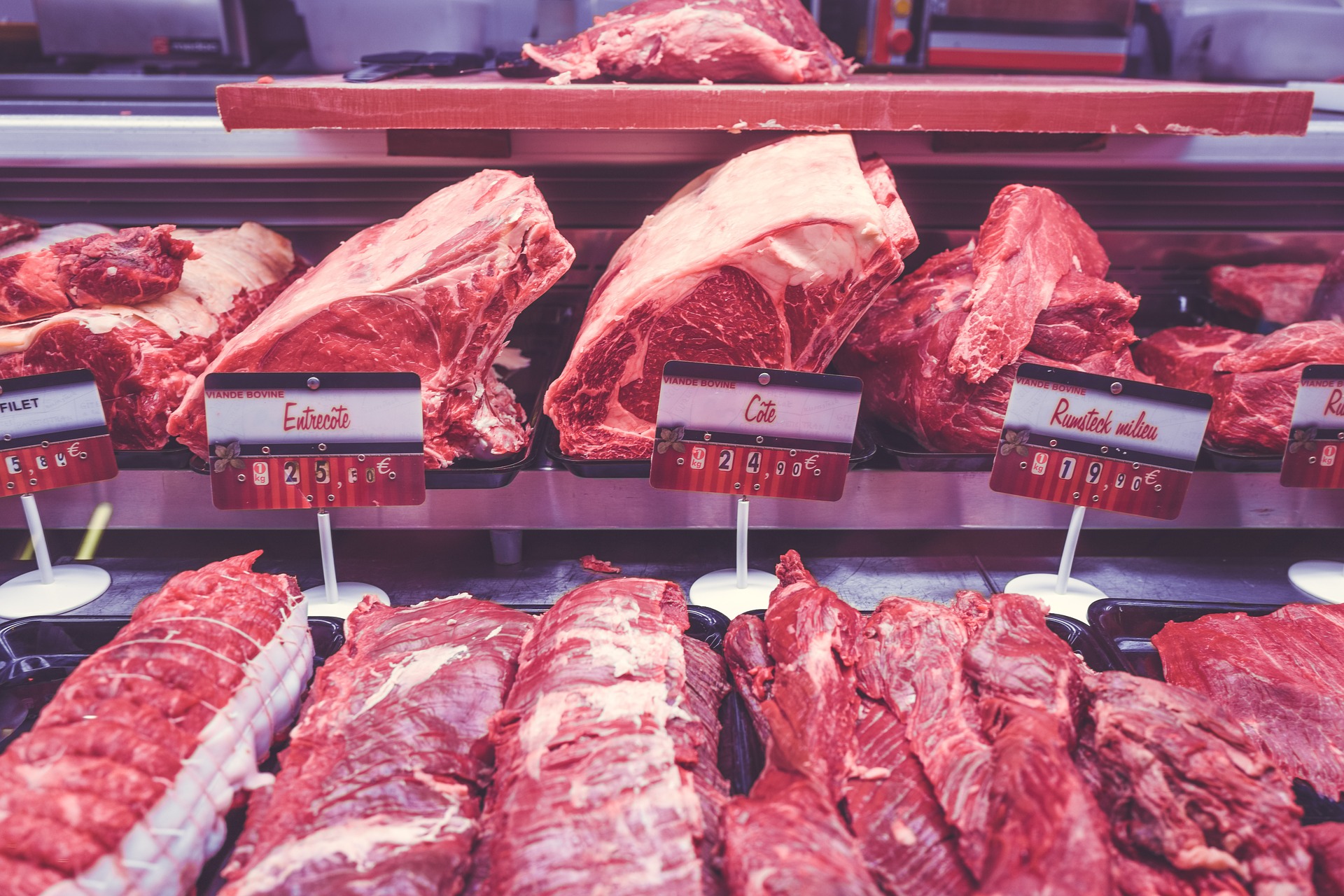Meat processing plants across the country are shutting their doors as coronavirus outbreaks sicken and kill their workers. At least seven massive US meat facilities have shut their doors in a matter of weeks. Tyson’s plant in Waterloo, Iowa, the company’s biggest pork plant, is the latest domino to fall.
The facility processes close to 20,000 hogs per day which is about four percent of America’s entire pork processing capacity. Out of its 2,800 employees, 182 fell ill with the coronavirus and it had to shut its doors. Smithfield Foods closed its Sioux Falls, South Dakota plant earlier this month, which supplied around five percent of America’s pork processing capacity.
Related: Report Finds Meat Industry Unsustainable
The closure of this facility, along with a growing list of other meat plants that have shuttered across the industry, is pushing the US dangerously close to the edge in terms of meat supply. It would be impossible to keep grocery stores stocked if meat plants are not running. This is causing a new trend to emerge in the meat industry.
While live hog prices are falling due to plant closures, spot prices for pork belly and other intermediate meat products are soaring due to shortages of processed pork. This has forced some farmers to consider mass discards of their herds, despite pork belly prices doubling in the last week.
The situation is so dire that analysts predict that the US could experience meat shortages in as little as two weeks. If consumer prices rise while economic output decreases, that would mean that the US is in stagflation — a devastating combination of stagnant economic growth, high unemployment and high inflation. Tactics like government spending or interest rate adjustments simply make the problem worse.
The US is not the only country facing food shortages and potential stagflation. The United Nations (UN) warns of a famine of “biblical proportions” in the next few months. This is due to wars in Syria and Yemen, as well as massive locust swarms in Africa and the Middle East, in addition to the coronavirus. Already, swine fever as wiped out around 40 percent of China’s pig herd, increasing prices in the country as well as driving demand for US imports.
The World Food Program claims that 821 million people currently go to bed hungry every night, and an additional 130 million could be pushed to the brink of starvation by the end of 2020. With an impending American meat shortage, these numbers may only increase.









Join or login to leave a comment
JOIN LOGIN